Computational Fluid Dynamics (CFD) Blog Posts
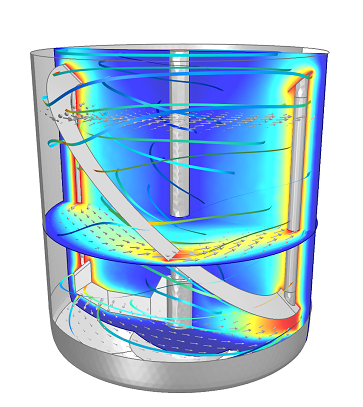
New Mixer Module Showcases CFD Capabilities of COMSOL
The Mixer Module provides ready-made interfaces for describing the difficult problem of laminar and turbulent flows in rotating machinery with free liquid surfaces. COMSOL has been developing different techniques for modeling CFD, moving geometries, and free surfaces during the past few years for a number of different applications. This has now culminated in the new Mixer Module that was released with version 4.4, and it clearly showcases the improved CFD capabilities of COMSOL.
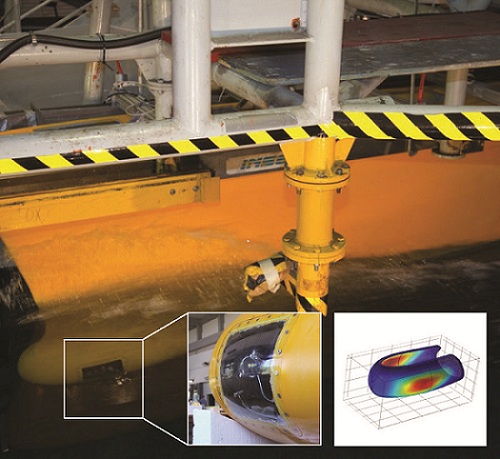
Starting Small with Sonar Dome Design
Starting the design process by testing on a small scale is often the best way to tackle issues affecting large objects, like a ship. Detailed in COMSOL News 2013, researchers at INSEAN, The Italian Ship Model Basin, used small-scale testing and then simulation to analyze the effect of placing a sonar system within the bulbous bow at the hull of a ship. Using a small-scale model of a bulbous bow, the researchers at INSEAN performed fluid-structure interaction experiments, and subsequently […]
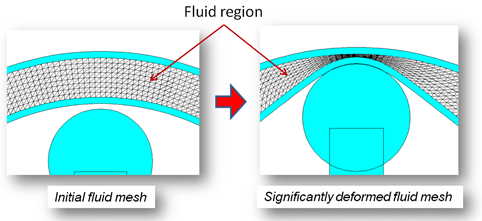
Fluid-Structure Interaction (FSI) using COMSOL Multiphysics
Today we have the pleasure of welcoming Nagi Elabbasi of Veryst Engineering as a guest blogger. Read on to see what this COMSOL Certified Consultant has to say about fluid-structure interaction. Two weeks ago I led a webinar on fluid-structure interaction (FSI) using COMSOL Multiphysics. FSI involves coupling between a deformable or moving structure and a surrounding or internal fluid flow. There is a growing number of engineering and scientific problems where a purely structural or purely CFD analysis just […]
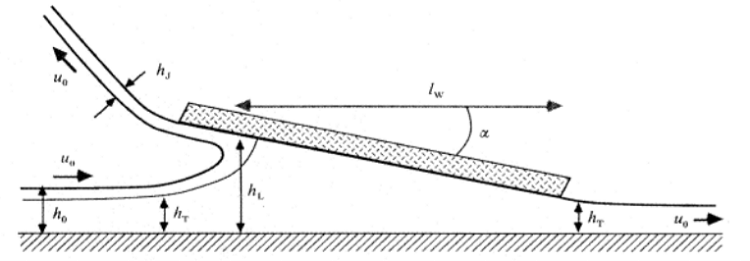
Skimboard Hydrodynamics: It’s All in the Boundary Conditions
When it comes to recreational water sports, simulation can make a dramatic difference in performance. Skimboards are a perfect example of this. These short, thin boards are similar to surfboards without fins and they allow riders to float on the water’s surface and glide. In order to improve the design of the board, one group of researchers relied on hydrodynamics to understand the interaction between water and skimboards.
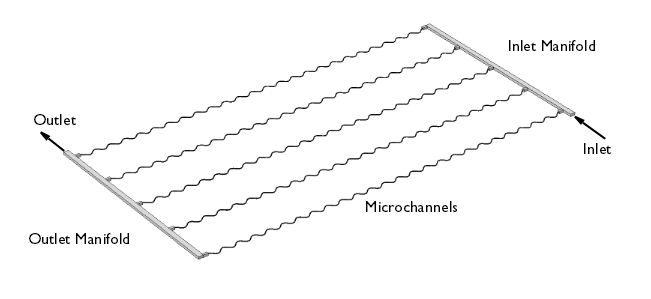
Modeling Flow: Heat Exchanger Microchannels
Plate heat exchangers have a larger surface with respect to their volume as compared to a conventional shell and tube design, making for an efficient temperature regulation device. As the name infers, these types of heat exchangers consist of layers of corrugated metal forming channels in between. In order to optimize their performance, you need the flow through the channels to be well-distributed. As you can imagine, the flow is very detailed and modeling it can be computationally demanding, if […]
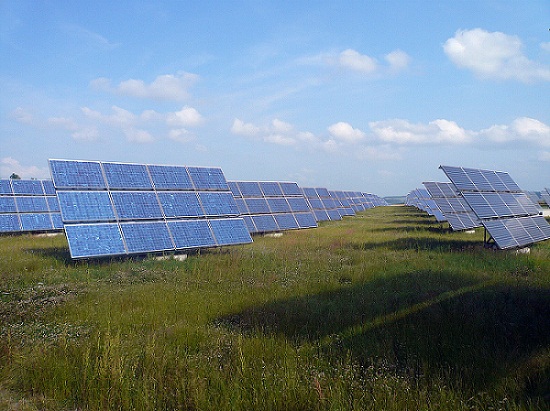
Efficient Solar Panel Design Improves the PV Industry
Solar photovoltaic (PV) cells are semiconductor devices that directly convert solar energy into electricity or voltage using the photovoltaic effect. These PV cells are more commonly known as solar cells, or solar panels, and in 2012 they produced roughly 93 terawatt-hours (TWh) of electricity — enough energy to power over 20 million homes. Because the cells must be directly exposed to the sun’s rays, they are housed outdoors where the panels are affected by the elements. Therefore, the cells must […]
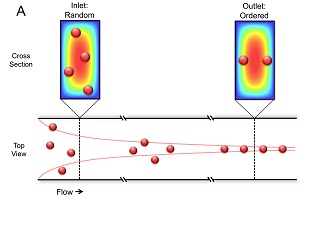
Inertial Focusing, a Counterintuitive Approach to Concentrate Cells
Suppose we have a rectangular microchannel containing a laminar flow with Reynolds number Re = 1. Next, let’s randomly distribute suspended particles at the channel’s inlet. Given that there are no external forces acting on these particles, you would intuitively expect that the particles would trace the fluid streamline. However, scientists from Massachusetts General Hospital (MGH) and Veryst Engineering would disagree, and their research findings suggest a completely different pattern than what would be expected. The researchers claim that depending […]
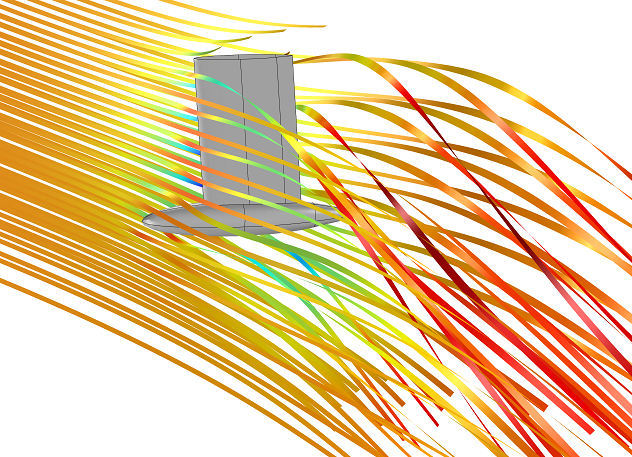
The Physics of Sailing, a CFD Analysis
Of all boats, I find sailboats to be the most fascinating, especially when sails are their only means of propulsion. Kinetic energy is transferred from the wind to the sails, which results in a lift force that balances drag forces and allows the sailboat to move through the water. We are all familiar with the parts of a boat above the waterline: deck, spars, sails, and the rudder used to turn the boat (figure 1c). Not everyone pays attention to […]
